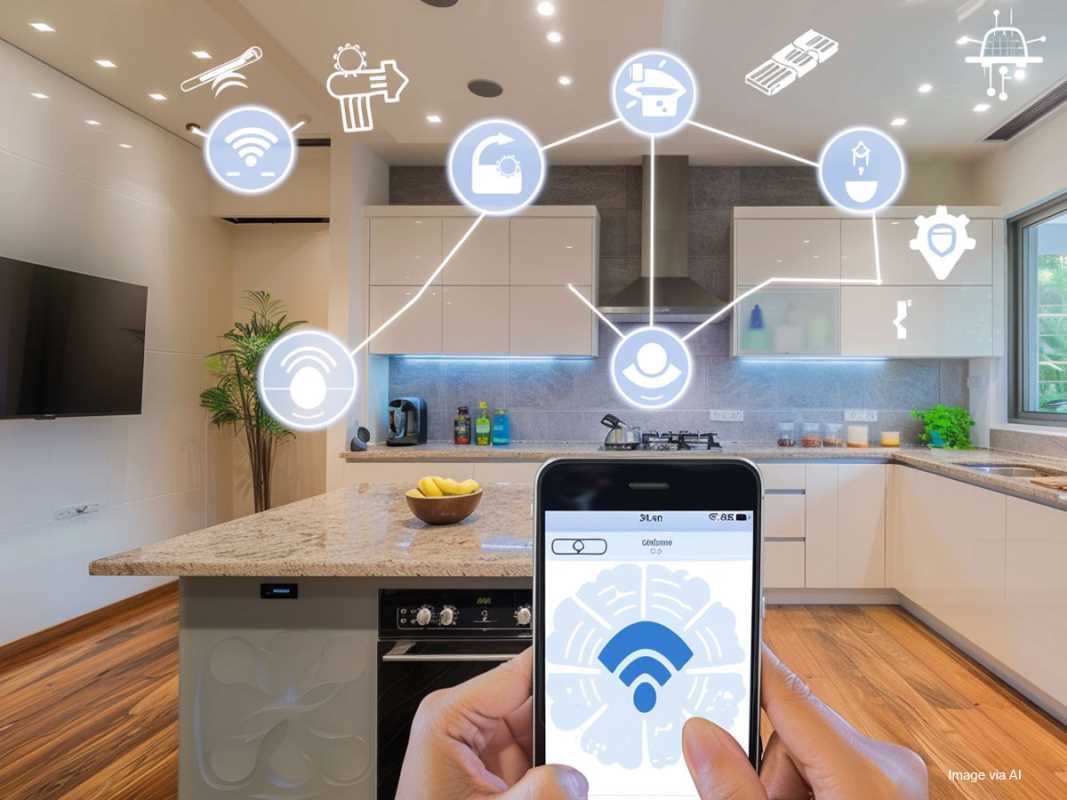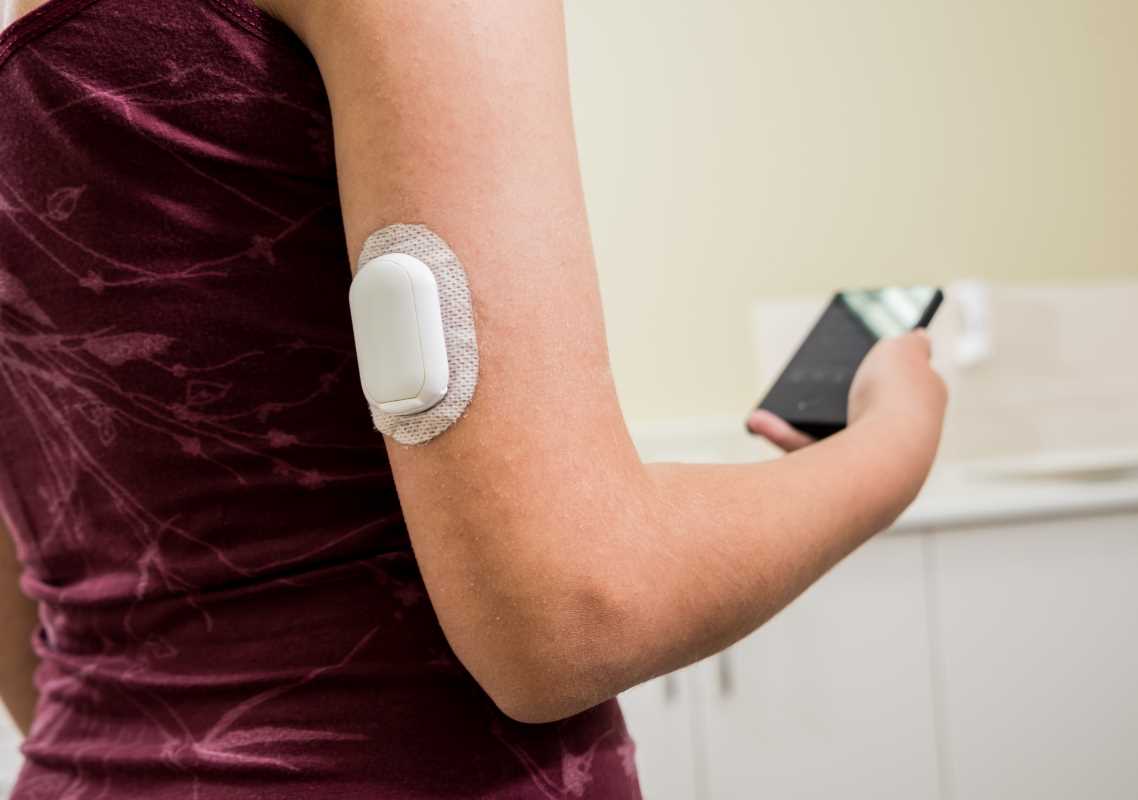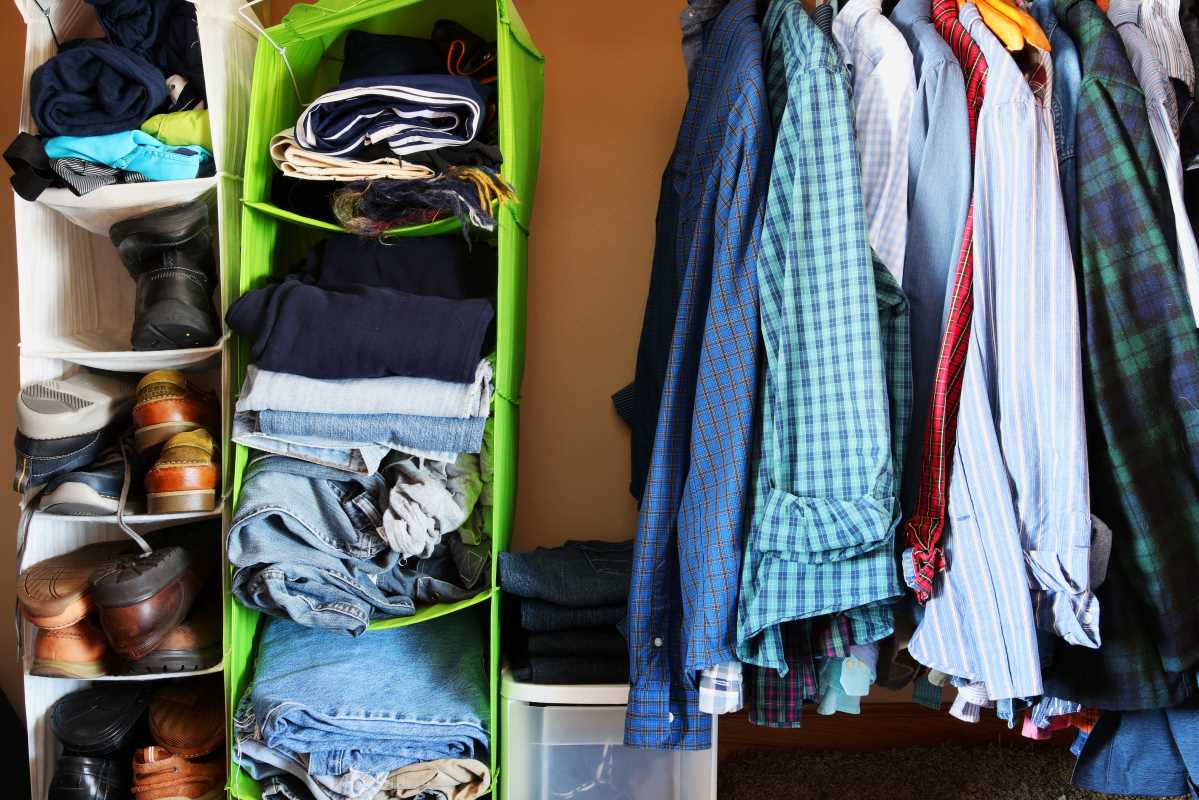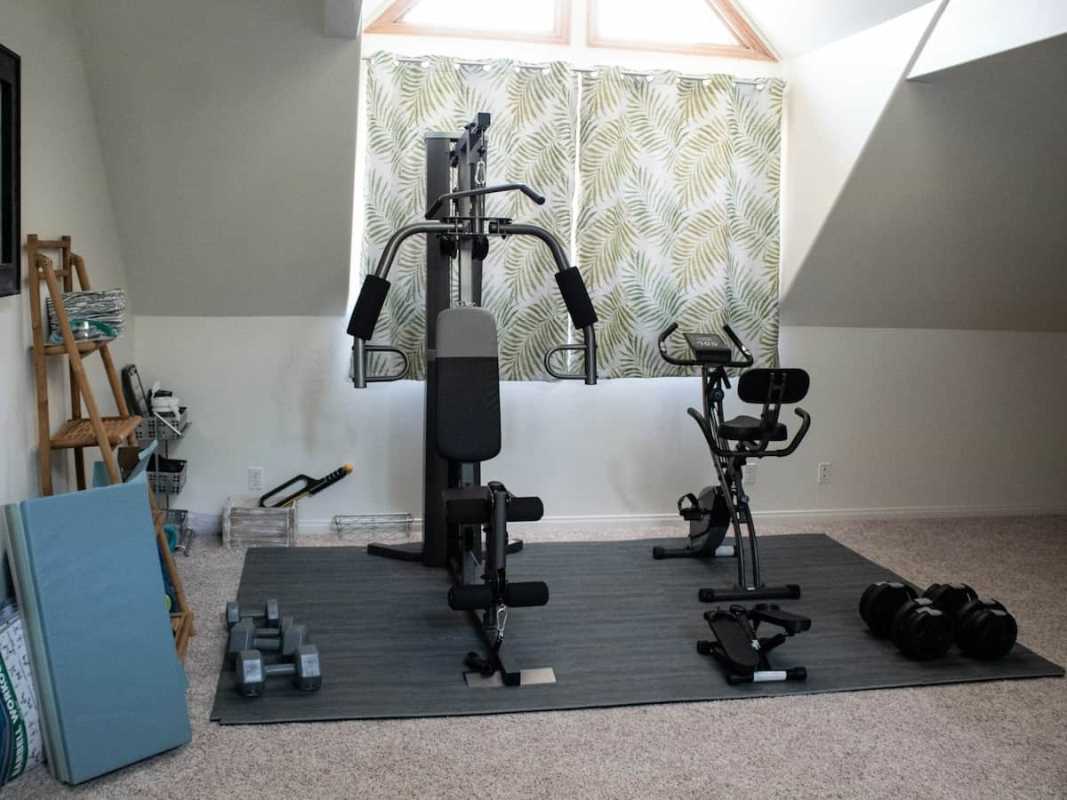Smart home devices are changing the way we live by making everyday tasks easier and helping us save energy. These are gadgets like smart thermostats, lights, power strips, and appliances that connect to the internet. They can often be controlled through a smartphone app or even with voice commands. What makes them stand out is their ability to reduce energy waste, which not only helps the environment but also lowers your electricity bill. Switching to smart devices isn't just about convenience—it’s also about cutting down on wasted electricity. Small changes can add up to significant savings over time. They may also even inspire other habits that make your living space more efficient.
Smart Thermostats
A smart thermostat is one of the most popular energy-saving devices you can install in your home. It lets you control your heating and cooling systems in a way that saves energy without sacrificing comfort. These thermostats learn your routine and automatically adjust the temperature throughout the day. For instance, if everyone leaves the house at 8 AM, it can lower the heat or air conditioning to save power. Some models, like Nest or Ecobee, go even further by using local weather data to operate more efficiently.
A smart thermostat is particularly useful for people who want to regulate their energy use but often forget to adjust settings manually. With features like remote access from a smartphone, you can tweak the temperature anytime, even if you’re not at home. This simple upgrade can result in noticeable reductions in your monthly utility bills.
Smart Lights
Smart lights help you control when and how your home is lit. These bulbs or lighting systems connect to an app or a virtual assistant like Alexa or Google Assistant. They allow you to dim lights, change colors, or even program them to turn off after a certain time. One of the most energy-saving features smart lights offer is motion detection. If no one is in a room, they automatically shut off, ensuring no electricity is wasted.
Some lights, like Philips Hue, also allow you to adjust brightness based on natural daylight. This feature reduces the need for full lighting during daytime hours. Whether you want to create a cozy movie-night ambiance or simply ensure lights are off when you’re not around, smart lighting gives you full control.
Smart Plugs and Power Strips
If you’ve ever forgotten to unplug something and worried about wasted electricity, smart plugs might be the solution for you. A smart plug fits between your wall socket and any device, allowing you to control the power remotely. You can use it with things like coffee makers, TVs, or lamps. With a simple tap on your phone, you can cut the power to appliances that aren’t in use.
For more comprehensive control, smart power strips can manage multiple devices. They’re particularly good at eliminating phantom energy use, which is the electricity devices pull while they’re plugged in but not actively being used. This feature makes them an excellent addition to setups with lots of electronic devices, like offices or entertainment centers.
Smart Appliances
Modern appliances, like refrigerators, washing machines, and ovens, are getting smarter every year. These devices are designed to save energy by adjusting their behavior based on usage patterns. For example, a smart washing machine can automatically run during off-peak energy hours, making it cheaper and more efficient to do laundry. A smart refrigerator might remind you to close the door or alert you if a part isn’t functioning properly, which helps it run smoothly and avoid energy waste.
Many smart appliances come with companion apps that provide tips and updates on energy-saving features. Brands like Samsung and LG integrate these apps with their appliances for easy management. Over time, these updates ensure that appliances remain efficient and continue to work optimally.
Choosing and Setting Up Smart Devices
If you’re just starting out with smart home technology, it’s important to consider your specific energy-saving goals before shopping. Are you looking to reduce your heating bill? A smart thermostat might be the best place to start. Do you frequently forget to turn off lights? Smart bulbs could be a more practical first step. Once you’ve identified your priorities, choosing compatible products that work together within your smart home ecosystem will make connecting and controlling everything much simpler.
 (Image source: Midjourney)
(Image source: Midjourney) 
.jpg)




